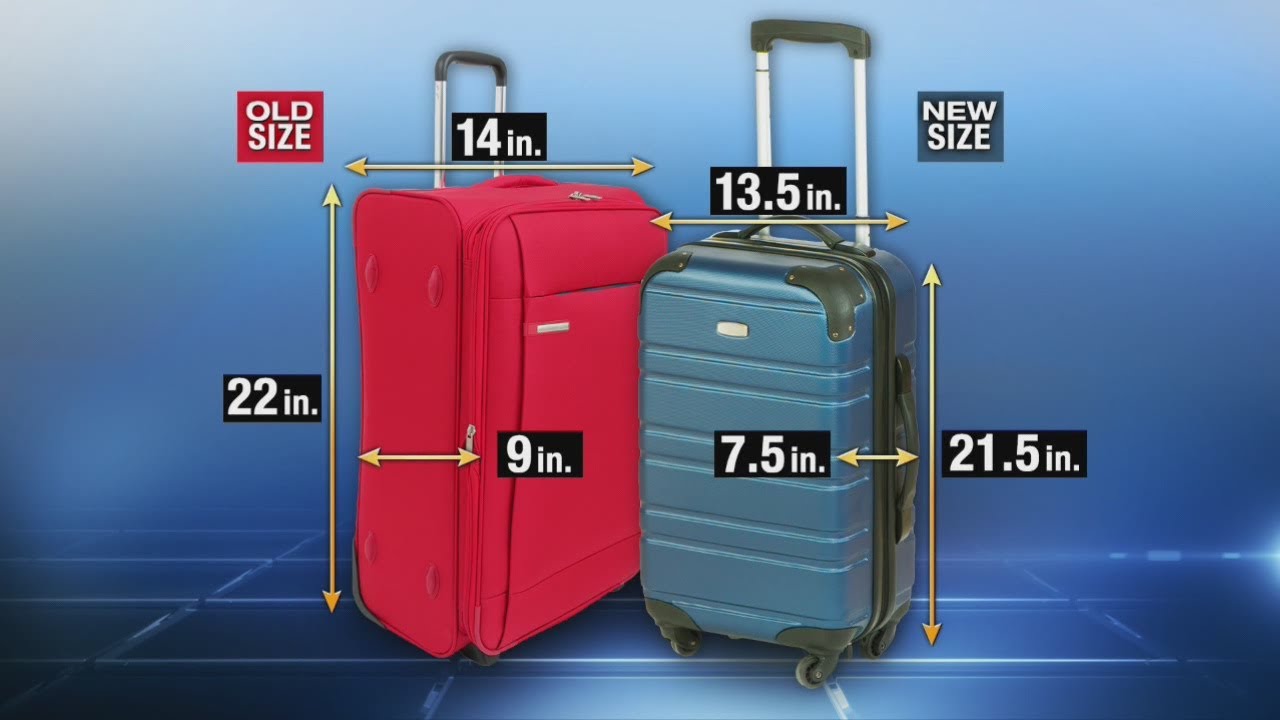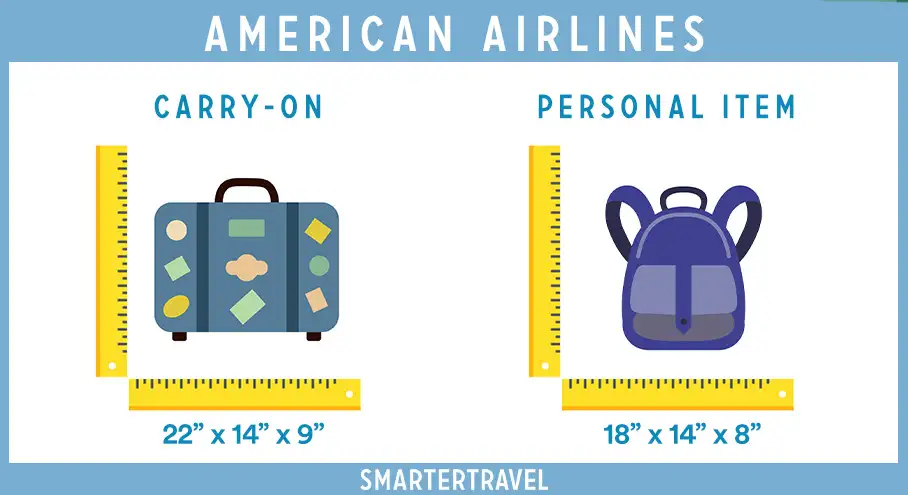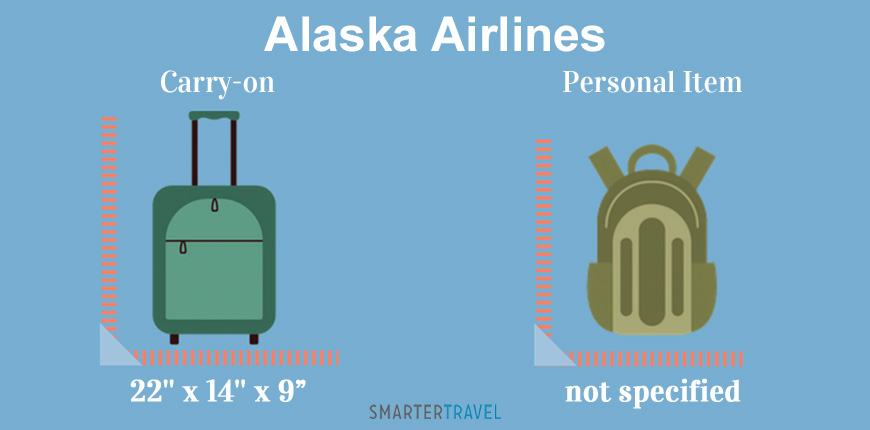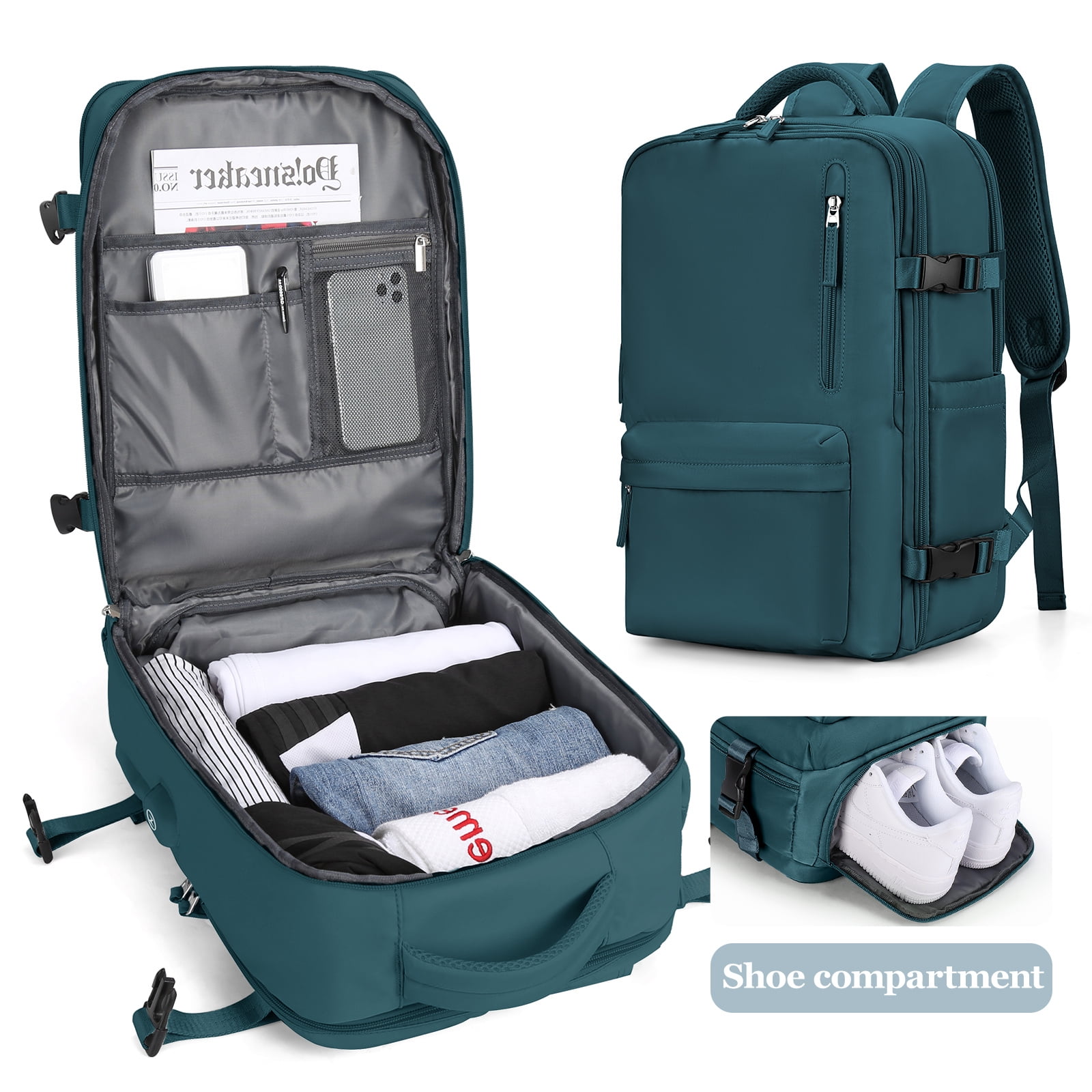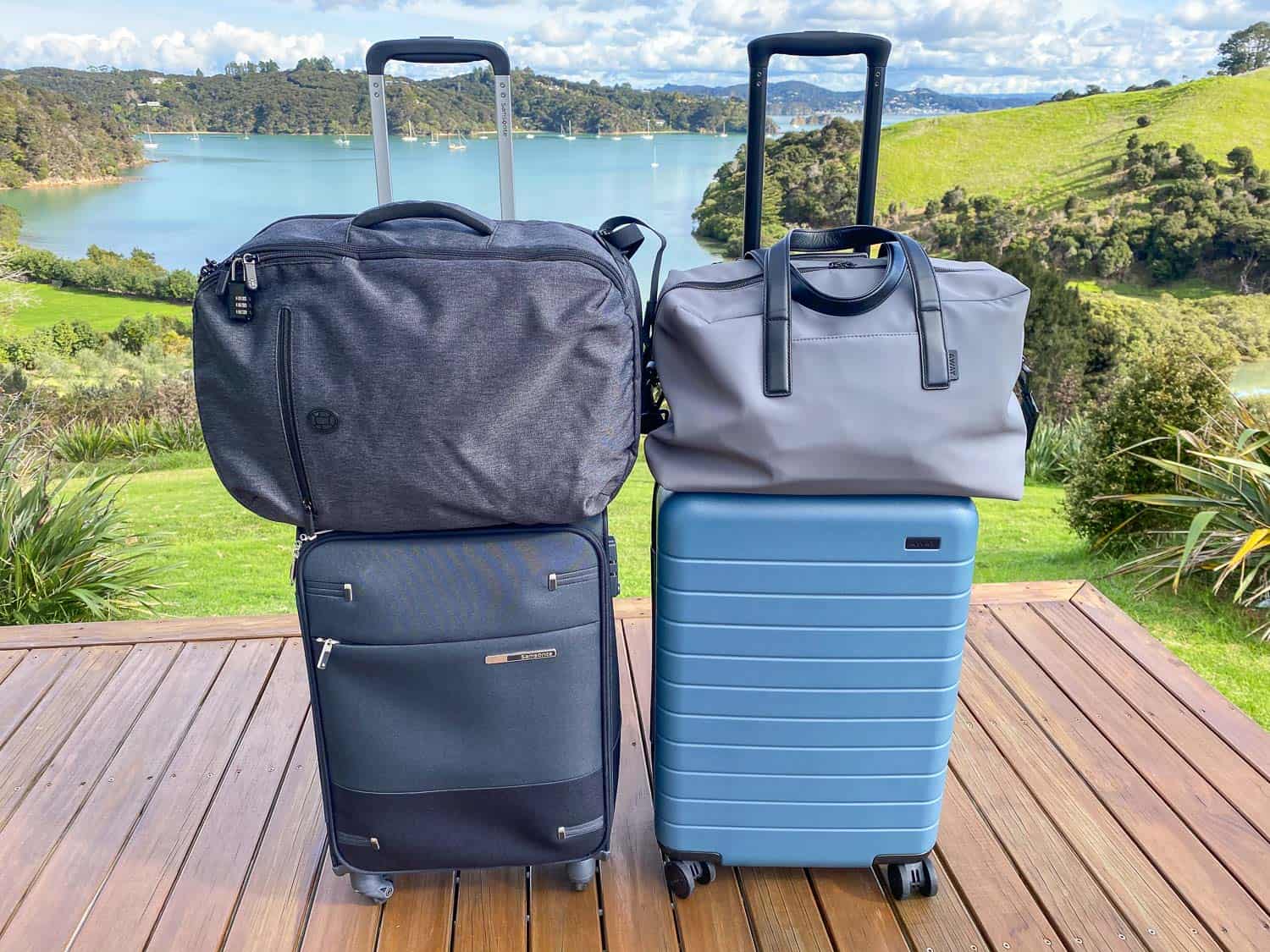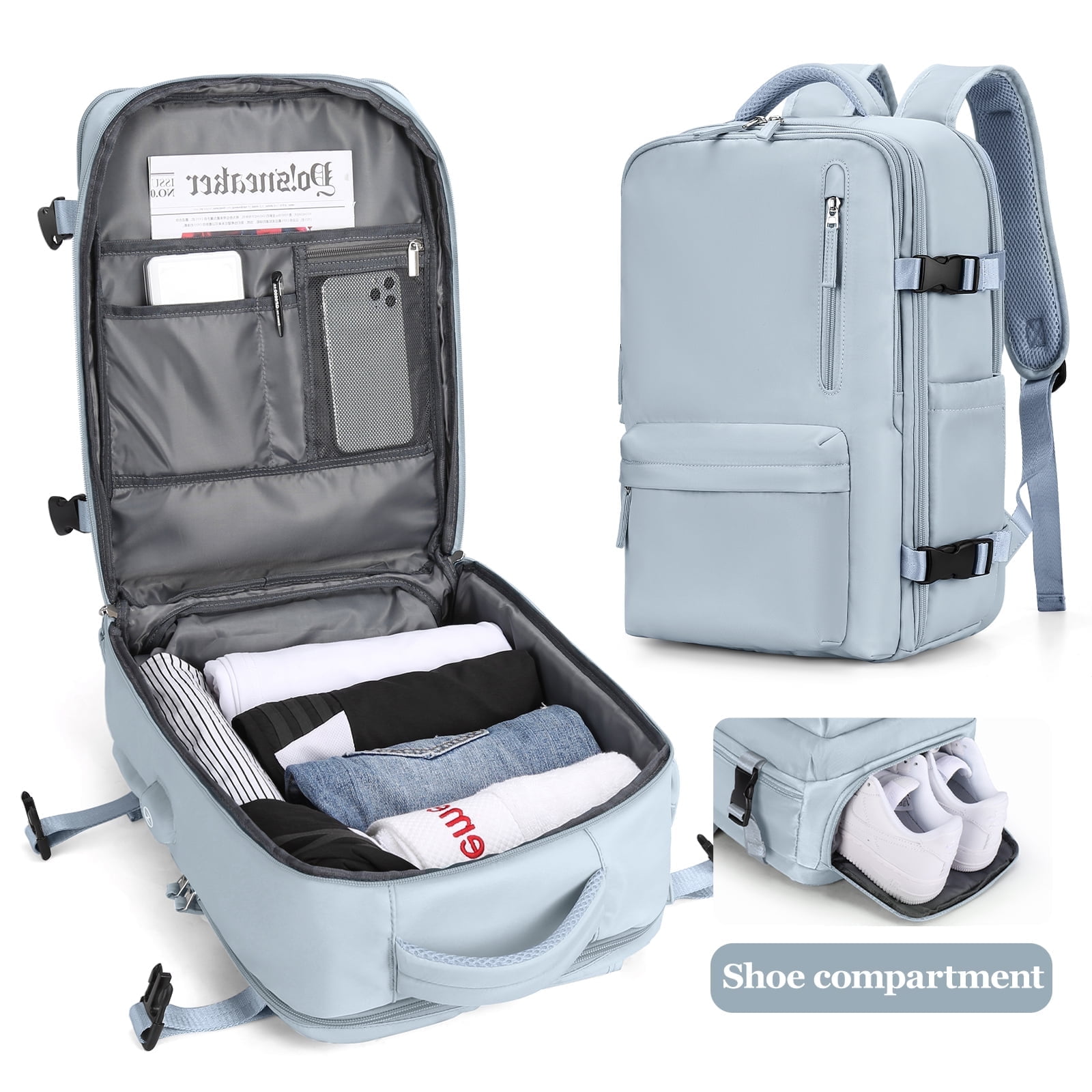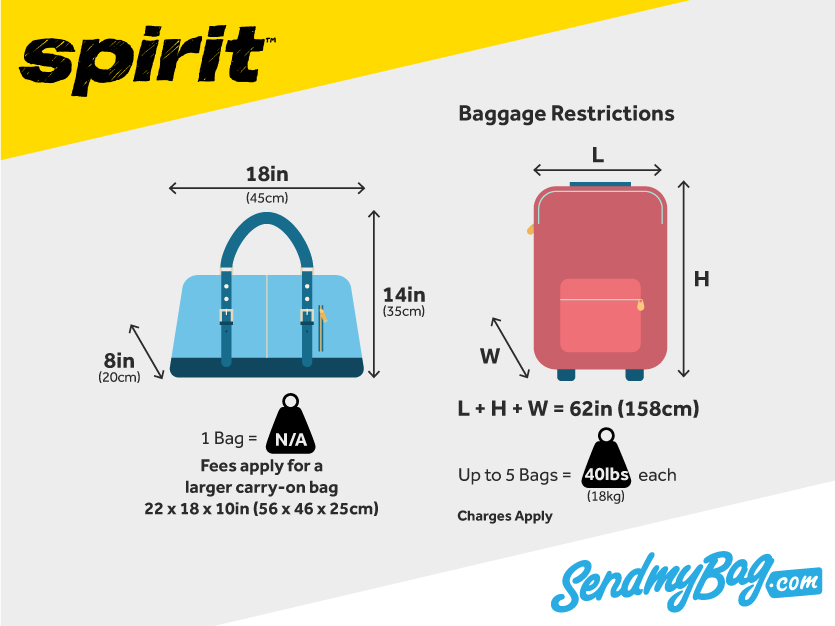How Big Can Your Backpack Be On A Plane
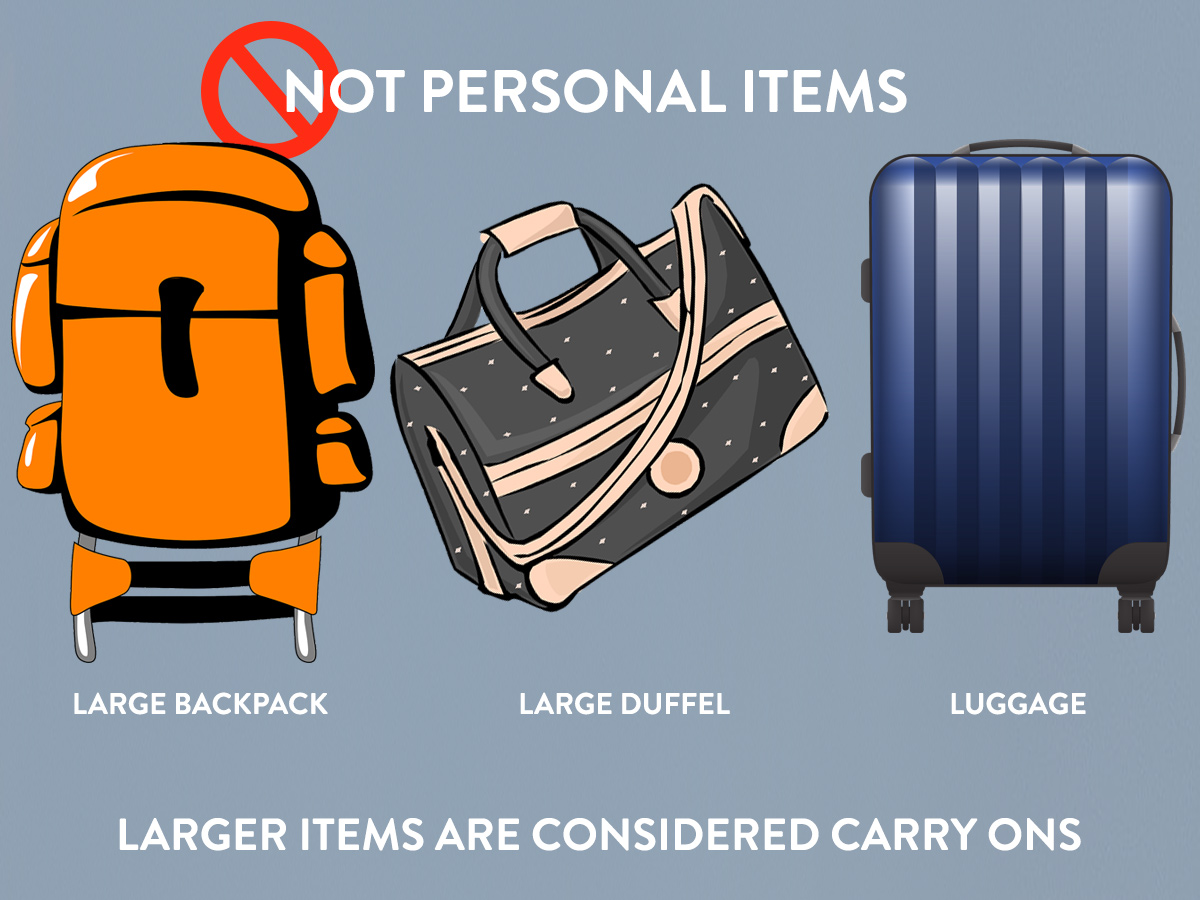
Navigating airport security and boarding a flight can be stressful enough without the added worry of whether your backpack meets the airline's size restrictions. Airlines' carry-on bag policies vary significantly, leaving many travelers confused about the acceptable dimensions and weight for their personal items.
This ambiguity necessitates a closer examination of airline regulations and their potential impact on passengers.
Understanding the Confusing World of Carry-On Sizes
The acceptable size of a backpack you can bring on a plane depends entirely on the specific airline's policies. Most airlines differentiate between a carry-on bag, which is typically stored in the overhead bin, and a personal item, which must fit under the seat in front of you.
The backpack usually falls under the category of a personal item.
Key Dimensions and Weight Limits
While general guidelines exist, it is crucial to check directly with the airline you are flying with before your trip. For example, United Airlines specifies a maximum size of 9 inches x 10 inches x 17 inches for personal items.
American Airlines has similar restrictions. Delta Airlines, on the other hand, lists maximum dimensions of 22 x 14 x 9 inches for carry-on bags, but does not explicitly define the dimensions of a personal item beyond stating it must fit under the seat.
Low-cost carriers such as Spirit and Ryanair often have even stricter rules and charge extra fees for anything exceeding their very limited free personal item allowances.
"It's always best to err on the side of caution and check your airline's specific rules," says travel blogger, Jane Smith. "Oversized bags can lead to gate-checking fees or even prevent you from boarding with your bag."
The Significance of Adhering to Regulations
Following airline regulations is essential for several reasons. First, it ensures a smoother boarding process for all passengers.
Second, it helps to avoid potentially costly fees for oversized or overweight bags. Finally, it contributes to a safer flight by preventing items from shifting during takeoff and landing.
Potential Consequences of Non-Compliance
Passengers who attempt to bring oversized or overweight backpacks on board risk being required to check their bag at the gate, often incurring substantial fees. Airlines might refuse to allow a bag on board if it cannot be safely stowed.
In some cases, travelers might be asked to remove items to meet the size or weight restrictions.
Tips for Packing Smart
To avoid issues, travelers should pack strategically and choose a backpack that meets the size requirements of their chosen airline. Consider packing heavier items in your carry-on suitcase, if allowed, and using your backpack for lighter essentials.
Compression bags can help reduce the volume of clothing, and rolling clothes instead of folding them can also save space.
Measuring your backpack and weighing it before heading to the airport is a worthwhile precaution. Many airports also have sizing gauges available for passengers to check their bags.
The Human Element: A Traveler's Perspective
For many travelers, a backpack is an indispensable companion, carrying everything from essential medications to entertainment devices. Being forced to gate-check a carefully packed bag can be a frustrating experience.
John Doe, a frequent flyer, shared his experience: "I once had to gate-check my backpack because it was slightly over the weight limit. It cost me $50 and added unnecessary stress to my trip."
Such experiences highlight the need for clear communication and consistent enforcement of airline baggage policies.
Ultimately, knowing the specific rules of the airline is key to a stress-free travel experience.

